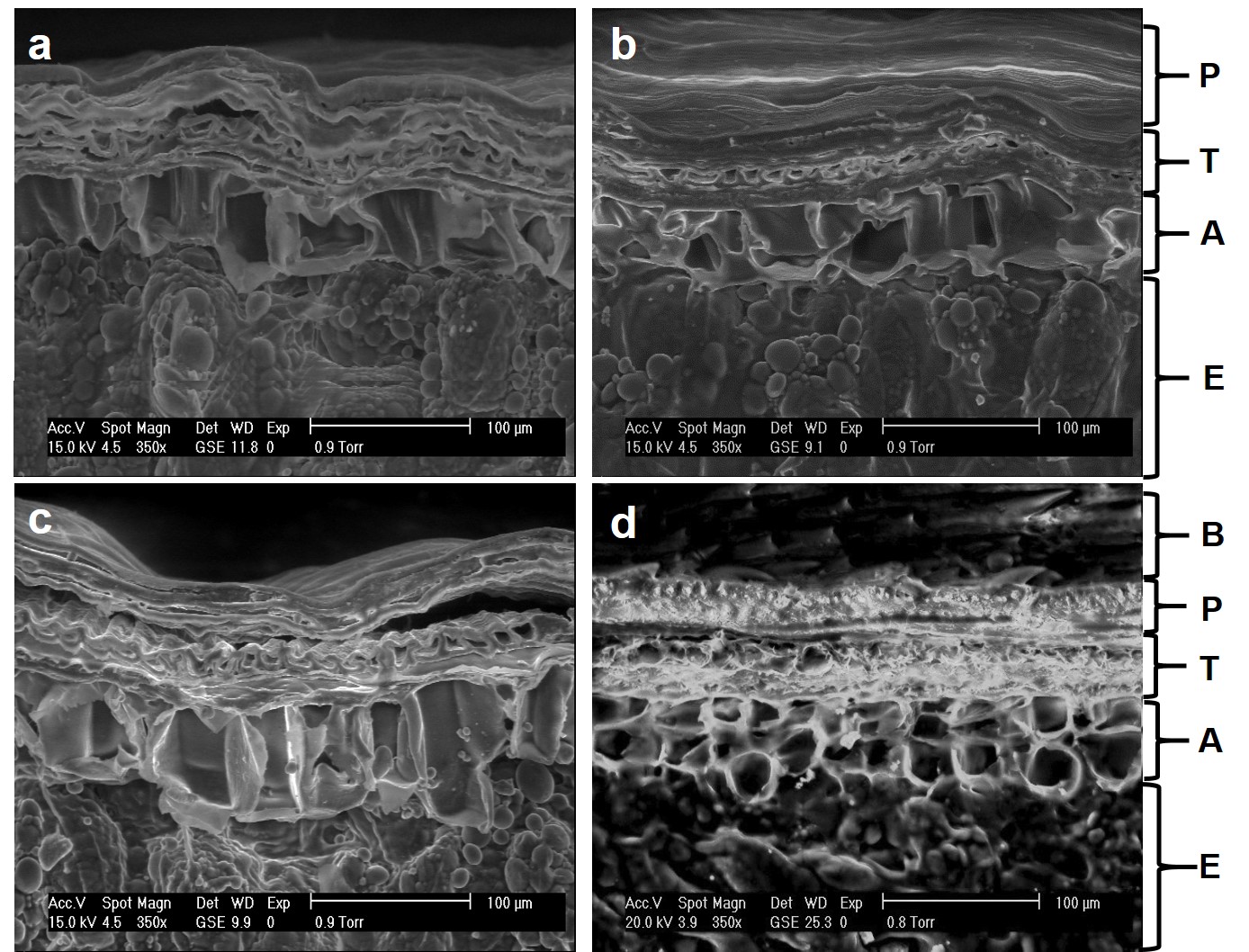 |
|
Triticale has proved to be immensely popular as a renewable source of energy both for animal feed as well as in the food industry. The aim of this study was to characterize and evaluate ten lines of triticale so as to identify and select the best one suited for malt production and brewing. The ten lines of triticale exhibited a protein (11.97–14.52%) and carbohydrate (77.24–82.87%) content good for malt production. The starch viscosity for these lines varied from 33.33 to 104.33 RVU. Four lines (PM–1, PM–3, PM–6 and PM–8) were selected further for malt production. These lines had a high malt extract content of 89.62 to 97.64% and diastatic power similar to some previously known barley malts (86.19–190.19°L). The soluble protein content (4.56%–5.66%) was observed to be more than that of barley malts and the viscosity was high. Two triticale malts, PM–1 and PM–3, were selected for further fermentation with barley malt at varying concentrations (100, 80, 70, 50, 30, and 0%, respectively). Triticale malts (100%) have the potential to generate an optimum fermentation profile (~ 72%). From our study, it can be concluded that triticale malts have the potential to produce high-quality craft beer.
Keywords: triticale, barley, malt, wort, fermentation.
|
|
 |

